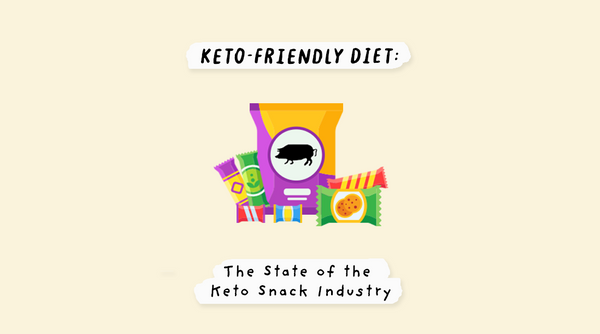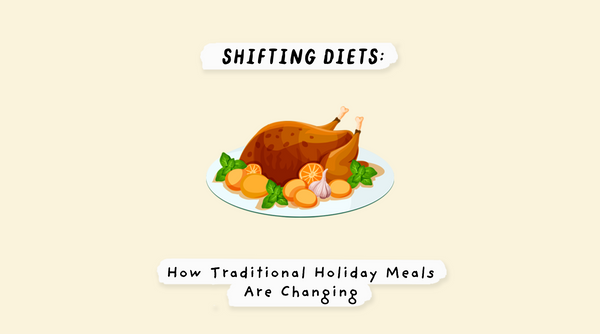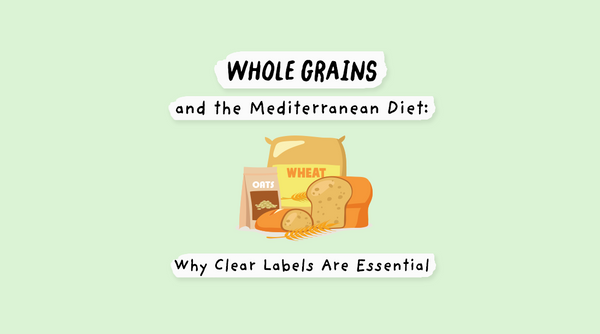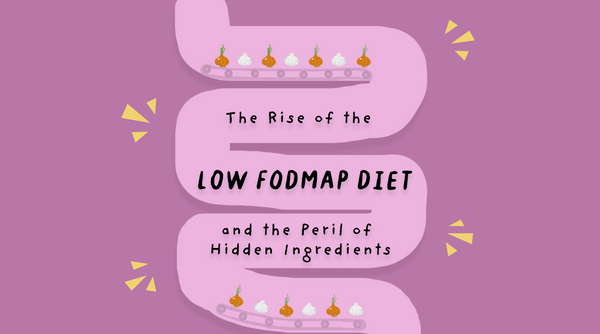A brief look
- The Ketogenic diet is a low-carbohydrate, high-fat diet that has grown in popularity recently as a diet that can help with weight loss.
- In the U.S., popularity in Keto-related searches have grown over 1000% in the last five years.
- Snacking on the Keto diet can be difficult as many processed snacks are high in carbohydrates, making it a difficult category to navigate for consumers.
- Most Keto snacks fall within the 0-3 net carb range while some of them fall within the 4-6 net carb range.
- Many grocers are still not adequately prepared to cater to the rapidly growing keto market and this is a huge missed opportunity in terms of sales.
- Grocers need to work toward a robust Keto filter where their inventory is programmatically tagged instead of relying on brand-provided information or manual tagging.
Dive deeper
The Ketogenic diet, often referred to as the Keto diet, is a low-carbohydrate, high-fat diet that has exploded in popularity in the last few years. The diet was originally developed as a way to treat epilepsy in young children, but many now use it primarily to lose weight. Some proponents of the diet claim that it may also help with diabetes, cancer, and heart disease. The diet has fallen in and out of favor over the years, but in the past two years, it skyrocketed to worldwide popularity after being discussed on widely followed podcasts.
The market for Keto-friendly products appears poised for even more growth going forward. According to Google trends data, popularity in searches related to “Keto” in the U.S. have grown over 1000% in the last five years. Moreover, this interest shows no sign of slowing down as the global Keto diet market is expected to grow from $10.3 billion in 2018 to $17.8 billion by 2026.
Why snacking on the Keto diet is so tricky
The key to the Keto diet is reaching the metabolic state known as “ketosis.” When you only consume a very limited amount of carbohydrates (carbs), the body enters ketosis. In this state, the liver turns fat into ketone bodies efficiently, and the ketone bodies are then used as an energy source. In essence, the body starts burning stored fat as an energy source instead of relying primarily on carbohydrates from food. This is why many who follow the Keto diet believe that the diet helps with weight loss. Again, reaching ketosis is only achievable if you keep your carb consumption levels low. This is because glucose levels and ketone levels in the body tend to be inversely related, meaning if one’s blood glucose levels are high then ketone levels will be low.
The diet calls for eating foods that are low in carbs but high in fat, such as eggs, avocados, meat, cheese, and olive oil. Low-carb vegetables are also allowed. However, what about snacks? Most packaged snacks are high in carbohydrates, such as potato chips and even granola bars, which are laden with honey and sugar. Due to their naturally occurring sugars, most fruits, such as apples and grapes, can only be consumed in very limited amounts on the Keto diet.
Many companies are now producing low-carb snacks to meet the rising demand. Low-carb in this context means that it has to have low “net carbs”. Net carbs are basically the amount of digestible carbohydrates available in a food. The basic formula is: net carbs = total carbs - dietary fiber - certain sugar alcohols. Since dietary fiber is not digestible and some sugar alcohols do not greatly impact blood glucose levels, you can consume them and still stay in ketosis.
In general, the Keto snack market can be broken down into two broad categories. First, snacks that are naturally low-carb such as nuts and seeds, jerky, pork rinds, and seaweed. Then, there are snacks that have been formulated specifically to fit the diet such as Keto bars and Keto cookies. Since the daily net carb allowance to stay in ketosis is about 20 net carbs, the typical Keto snack has anywhere between 1-6 net carbs. Given that, we thought it would be interesting to see the distribution of snack products by net carbs. So, we looked at all snacks that have less than or equal to 6 net carbs*.
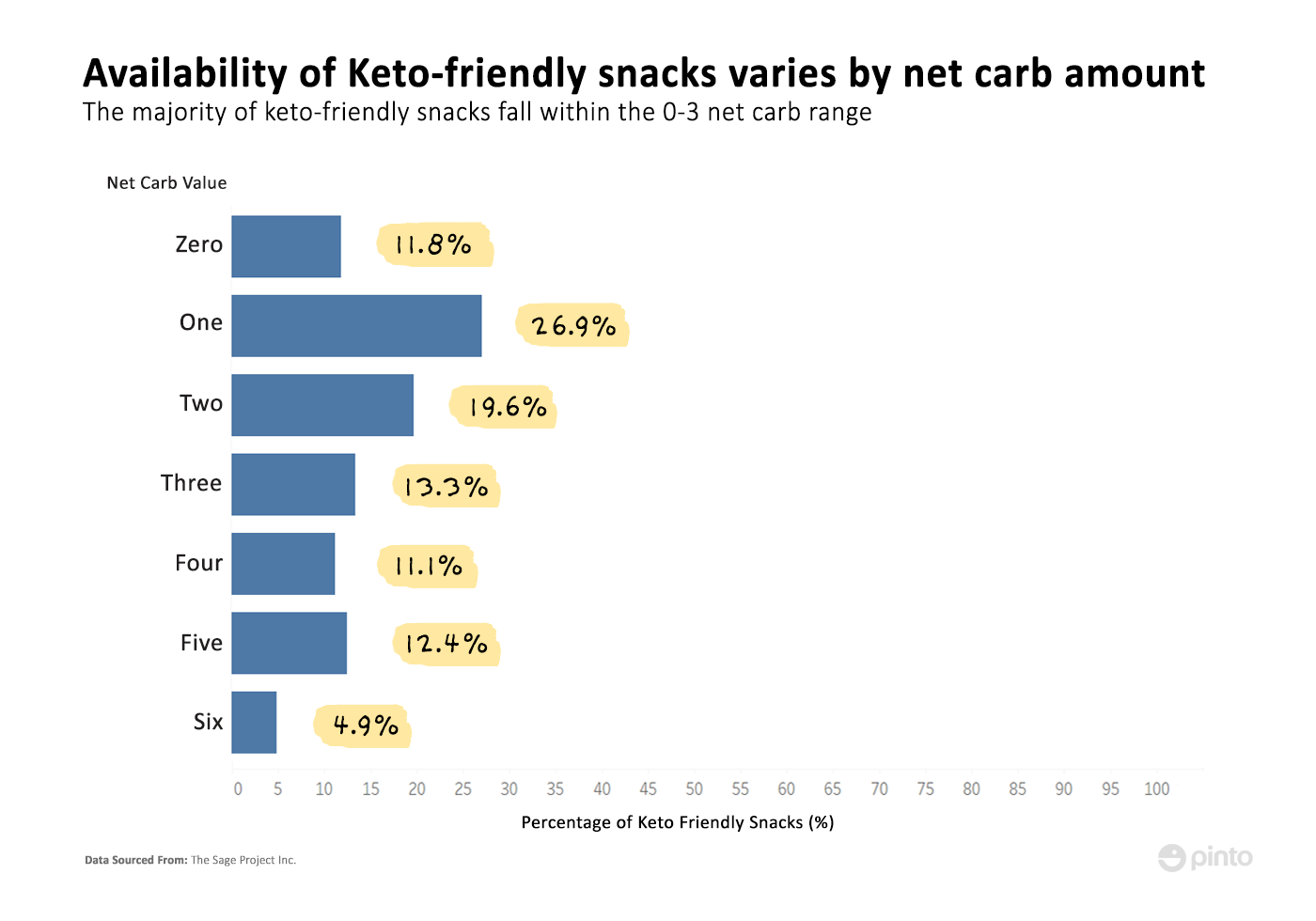
We found that out of all the snacks that have less than or equal to 6 net carbs, the majority of them fell in the 0-3 net carb range. Around 27% of Keto snacks had 1 net carb, while only 5% of snacks had 6 net carbs. Seen below are the top three snack subcategories within each net carb group.
- 0 net carb: pork rinds, seaweed, and seeds
- 1 net carb: mint and gum, nuts and seeds, and jerky
- 2 net carbs: nuts and seeds, jerky, and mint and gum
- 3 net carbs: nuts and seeds, candy and chocolate, and jerky
- 4 net carbs: nuts and seeds, candy and chocolate, and energy and granola bars
- 5 net carbs: nuts and seeds, candy and chocolate, and energy and granola bars
- 6 net carbs: energy and granola bars, nuts and seeds, and candy and chocolate
The zero net carb group mostly contains products that are naturally free of net carbs. Pork rinds and seaweed remain popular Keto snacks. In the 1 net carb range are products like mints and gums, nuts and seeds, and jerky. Mints, gums, and candies typically taste sweet and that may lead people to think that they are high in carbs but this isn't the case as many of them actually get their sweetness from sugar alcohols. Sugar alcohols like xylitol, for example, confer sweetness without contributing to the net carb total as they are not digested the same way normal sugar is. Specially formulated Keto chocolate snacks on the other hand are low in sugar and contain nut butters, cacao butter or MCT oil to boost the amount of fats in the snack.
Some nuts and seeds are low in carbs but high in fats, which make them the perfect Keto snack. Different types of nuts and seeds have different net carb values, so you have to analyze the labels carefully. Interestingly, most energy and granola bars tend to have higher net carb values, in the range of 4-6 net carbs. Additional ingredients such as grains, nuts, and chocolate cause most snack bars to contain more than 3 net carbs.
The diet does allow for some degree of flexibility. If most of your meals are very low-carb, you can treat yourself with some slightly higher-carb snacks, such as Keto-friendly ice cream or smoothies.
Better search filters can help grocers cater to Keto shoppers
As it stands, most grocers fail to provide adequate support for their Keto customers. For example, when you use the Keto filter in the snacks category on most e-grocery websites, it only returns a handful of results even though there are a lot more products available that fit the diet. This is why many shoppers default to searching the word “Keto” instead, which then only returns products with “Keto” in the name. This means that products that are naturally low-carb and not necessarily branded as Keto products, such as nuts and seeds, pork rinds, and seaweed, may not appear. Hence, many viable low-carb products are overlooked, leading to a loss in potential sales.
As the Keto diet continues to grow in popularity, grocers can seize this opportunity and cater to Keto shoppers by allowing them to browse their website with a robust Keto diet filter. Grocers should aim to have the products in their inventory programmatically tagged as Keto-friendly via net carb values and other set parameters instead of relying on brand-provided information or manual tagging. Programmatically tagging products ensures that a larger assortment of items will be available for Keto shoppers to choose from. This allows shoppers to not only find suitable products but also discover new ones too!

*Keto snacks in this article is defined as a snack that has anywhere between 0-6 net carbs and where the calories from net carbs is less than or equal to 10% of the total calories of the product.

